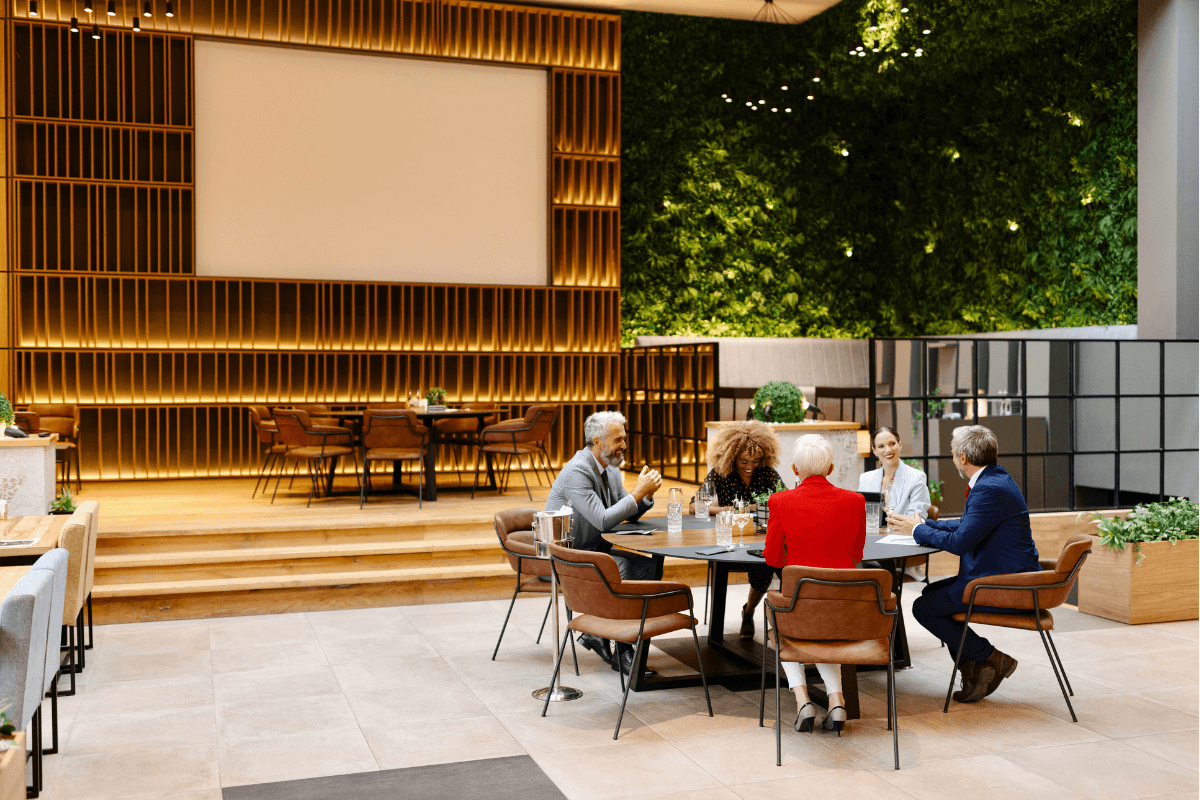Preparing for IMEX: 5 Meeting Trends that Destinations Need to Embrace
September 14, 2023
While event professionals and destination organizations are gearing up for IMEX America this October, it’s time to revisit and emphasize several meeting trends destinations must embrace to be successful.
Understanding what meeting planners seek is essential to securing RFPs. Destinations that aren’t evolving with the times need to listen up because a great reputation as a leisure destination doesn’t immediately translate into big convention wins.
Meeting planners’s needs are always changing, and these five trends will help you better connect with them in a more informed and impactful way.
1. Transformational Events
We’re through simply discussing recovery post-COVID – at least on a macro level – because the events industry has by and large escaped the pandemic’s grip. Still, convincing attendees who are accustomed to video conferences to travel for an event means offering more than a cookie platter and some free coffee. Events need to be transformational.
This meeting trend for destinations can take many forms, from exclusive experiences to engaging local speakers and interactive workshops that just won’t translate the same onto a screen. Destinations need to show meeting planners that they have the immersive and transformative attractions required to attract attendees. Have you considered adding an experience concierge to your staffing roster?
2. Data Analysis and Personalization
While personalizing our backgrounds on a video call was once novel, meeting planners are realizing that attendees want even more personalization and are increasingly turning to data to deliver just that. Destination organizations, for their part, need to do the same to meeting planners.
Understanding what individual planners and decision makers need by relying on various data sets – newsletter tracking, QR codes, web traffic, etc. – helps destination organizations tailor their messaging towards planners’ specific needs. Imagine an uptick in clicks or social engagements from European planners about accessibility in your destination and tailor your strategy accordingly. There’s no one-size-fits-all event but data will help discover the right fit for the right planners.
3. Non-Negotiable Sustainability
Don’t make us say it again. Sustainability is as important as a roof over attendees’ heads. Destination organizations and their convention centers need to do more than showcase their green efforts. They need to augment them. There’s alway more that can be done in terms of addressing food waste, generating greener energy, supporting local businesses and reducing waste overall.
Planners need it because attendees expect it, and future bookings will depend upon your destination delivering more than lip service.
4. Purposeful Destination Selection
When an event chooses a destination, it’s not just because infrastructure is sufficient. It’s an extension of that event organizer’s brand and messaging. For that reason, it’s key to realize this meeting trend for destinations to be selected purposefully because they align with some component of the planner’s mission.
As such, destinations need to be vocal about how they fit into these missions, whether it’s by excelling in a certain industry like life sciences or tech, or by being excessively inclusive and welcoming in a variety of concrete ways that you can showcase.
More importantly, for destinations that are struggling with out-of-their-control branding challenges from up above, it’s vital to break free from harmful thematics and steer towards messaging that will not chase meeting planners away. You can’t stop every bit of negative legislation, but you can make sure planners know that your meetings and event spaces are still going to welcome them.
5. Dynamic Spaces
The latest edition of the Meeting Room of the Future, a study conducted by DCI in partnership with the International Association of Conference Centers, underscores a more niche meeting trend for destinations. Planners need dynamic, transformative spaces. Conference rooms and theaters are essential, but so are additional spaces for breakouts and socialization that provide a break from the event’s mainstage.
Think libraries, gardens and lounges where attendees can mingle and interact at their leisure. Destinations also must do better at promoting smaller alternative venues that provide exactly what today’s planners are seeking. Your convention center is your bread and butter, but smaller spaces at quirky museums or bucolic botanical gardens will provide a bit more flavor to keep planners hungry to book with you.
Looking for more ways to increase your destination’s appeal among meeting planners? These meeting trends are just the start. Get in touch with Pamela Laite at [email protected] to learn more about how DCI’s events marketing team can help you.
